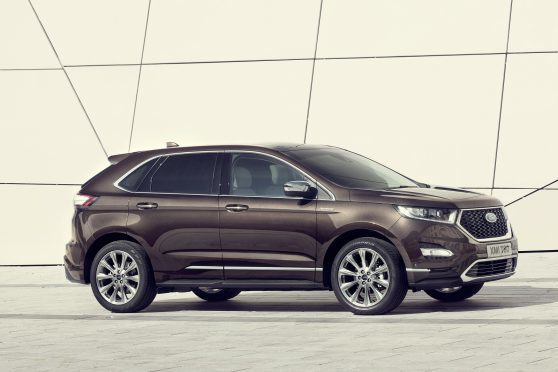“Ford gives you more” used to be the Blue Oval brand’s marketing slogan – and perhaps it still does.
For proof, have a look at the very top Vignale version of its large, sophisticated and very well equipped SUV, the Edge.
This car shares its platform – and much of its interior – with the well-regarded Mondeo, as well as Ford’s S-MAX and Galaxy MPVs. That people-carrying provenance is one reason why the Edge is so spacious inside, though curiously, for the European market, Ford hasn’t used that extra room to build in the third seating row that many family SUV buyers now seem to want.
On the move, the two turbodiesel engines on offer here do a decent job of propelling the car along and are very much on par with rivals for pace.
Both are 2.0-litre TDCi units and only come mated to Ford’s Intelligent All-Wheel Drive system, 2WD being an option the company doesn’t think is really relevant on an SUV of this size.
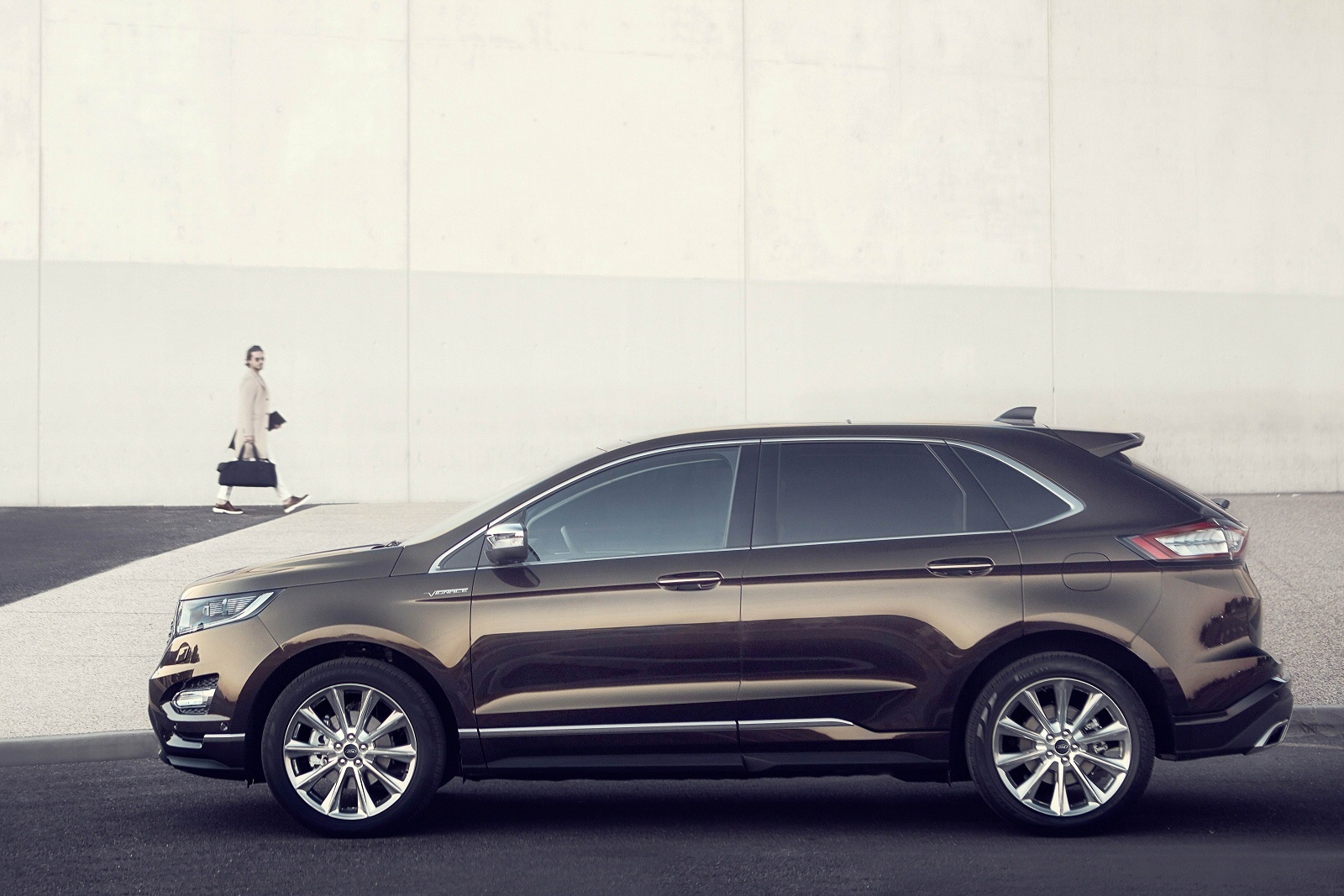
Buyers choose between two mechanical set-ups: a 177bhp single turbo variant you have to have with a six-speed manual gearbox; or the package we’d recommend, a 207bhp twin turbo derivative only offered with six-speed PowerShift automatic transmission.
Handling through the bends isn’t as sharp as it would be in a smaller SUV, but the Edge compensates for that with supple suspension and impressive refinement that’s aided by a clever Active Noise Control system that tunes out unwanted noise using sound waves played through the car’s stereo speakers.
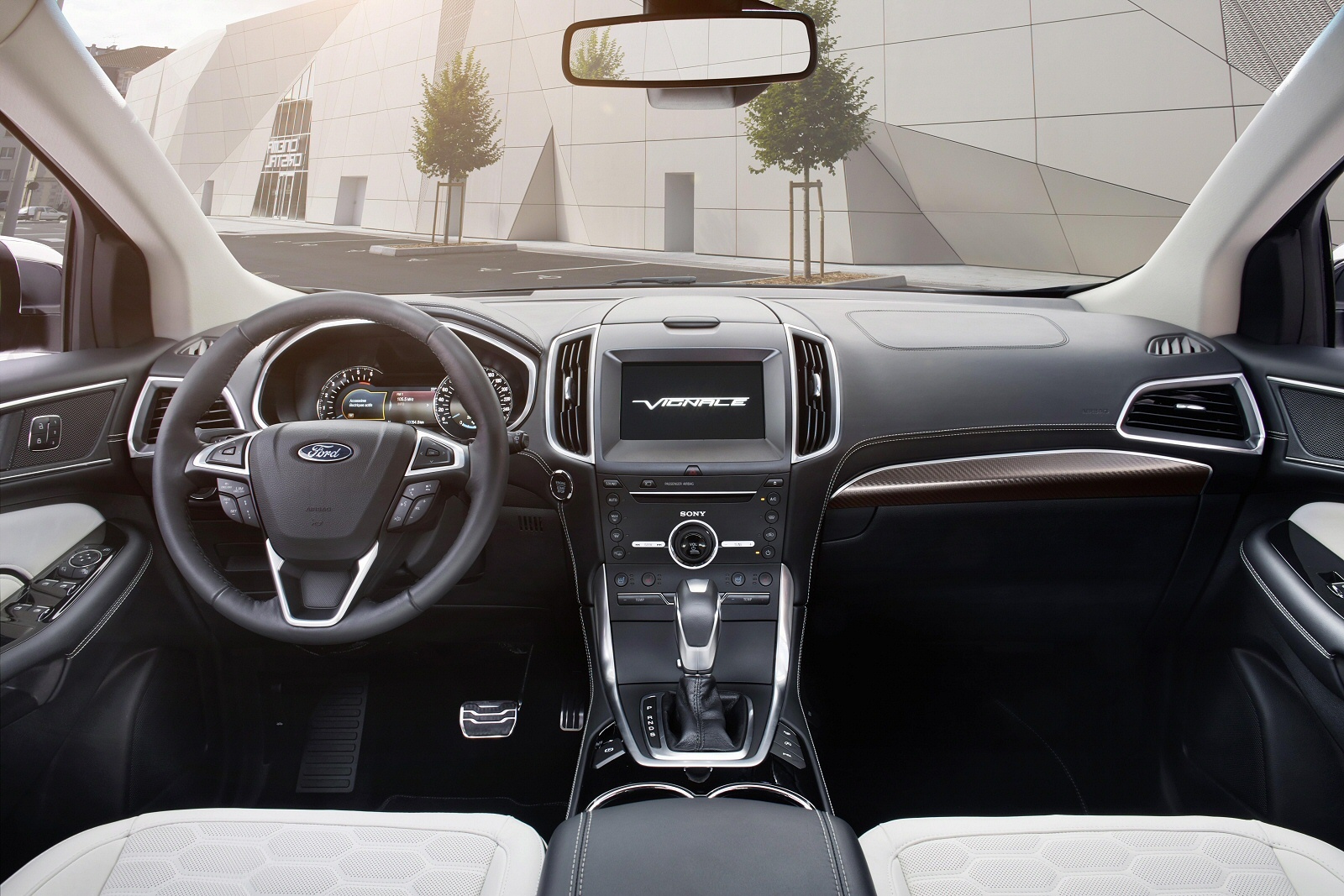
Off the beaten track, as you might expect, the Edge is no Land Rover Discovery but by the more modest mud-plugging standards of other SUVs in this class, it acquits itself very well.
A reasonable level of ground clearance – just over 200mm – certainly helps, as does the wheel angle flexibility of the all-independent suspension set-up. This big Ford’s Intelligent All-Wheel Drive system is a permanent set-up and, like nearly all its rivals, uses “torque on demand” technology to send power to whichever wheel has the most traction.
In Vignale form, the Edge certainly looks a little more exclusive. Outside, the looks of this variant are distinguished by bespoke chrome-finish fog lamps and a signature Ford Vignale hexagonal upper grille design with a dark matte finish and a polished aluminium surround.
Plus there are 19-inch polished aluminium wheels and special exterior colours that include a rich metallic brown that Ford calls Vignale Ametista Scura.
The refined interior delivers hexagonal-quilted Windsor leather featuring prominent tuxedo-style stitching for the seats and door interiors, offered in light Cashmere or dark Ebony colours.
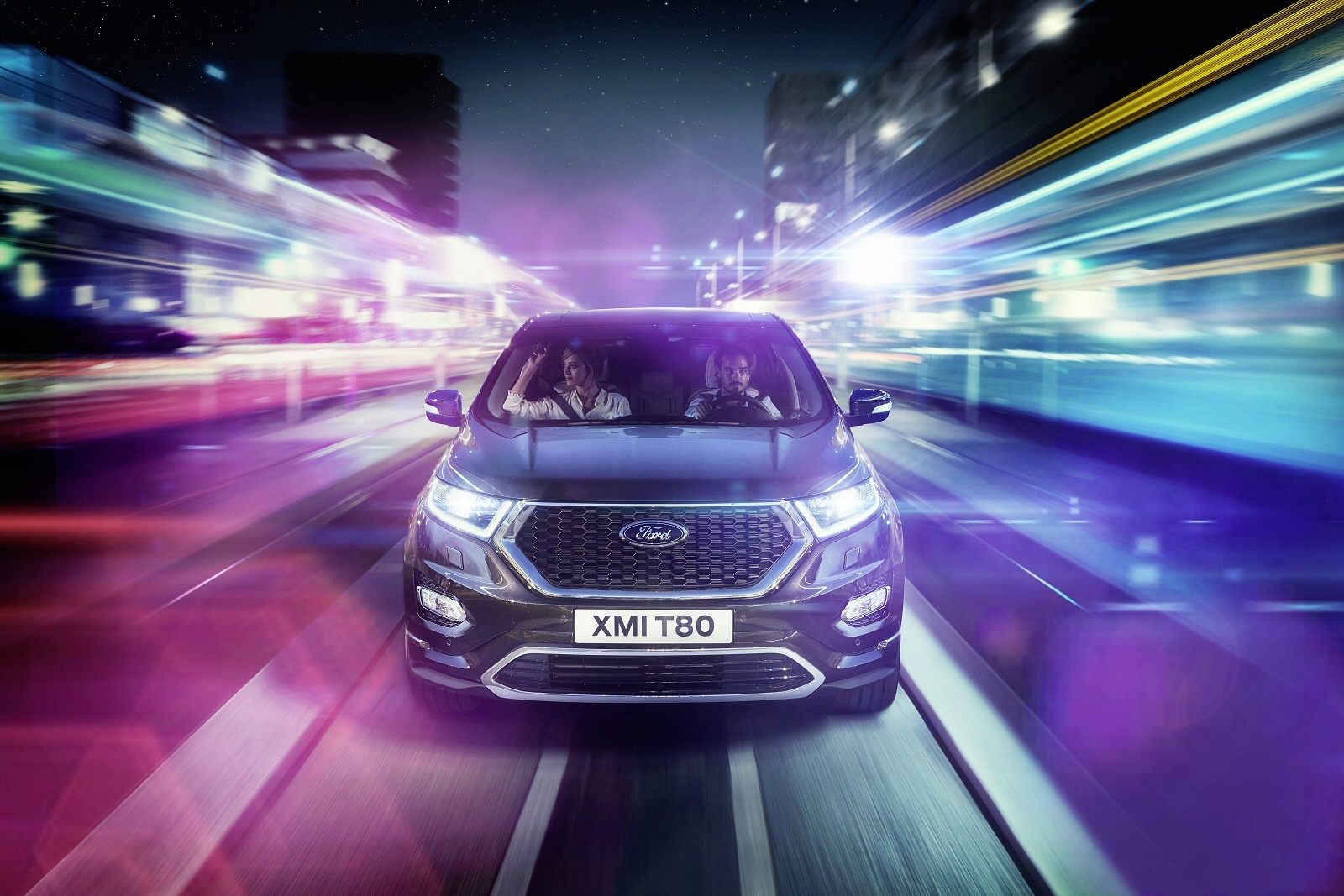
Leather extends to the central armrest and storage console, and to the instrument panel, which features a woven aluminium applique on the passenger side.
Otherwise of course, the recipe is the same as on any other Edge model. The driving position is easy to tailor as the steering wheel moves for reach and angle, and there’s lots of space for your head, shoulders and legs.
As for rear seat passenger space, well the news is both good and bad. Despite the fact that the boot is huge – with all the seats in place there’s 800-litres of space if you pack to the roof – Ford doesn’t provide the option for a third row of seating. In compensation, there’s a vast amount of room for second row occupants.
Ford is confident that the Edge meets the class standard for efficiency. By only delivering torque where and when it is needed, the car’s Intelligent AWD set-up has minimal impact on fuel-efficiency and CO2emissions compared with permanent four-wheel drive systems. As a result, both 2.0 TDCi diesel powertrains aim to deliver 48.7mpg fuel efficiency and 149g/km of CO2supported by Auto-Start-Stop technology. All the usual modern efficiency aids are in play to help this Ford achieve this class-competitive showing. So there’s Smart Regenerative Charging, which harvests energy that would otherwise be lost under braking. The reasonably sleek shape and carefully fashioned under-body aerodynamic shielding also play their part in reducing drag.
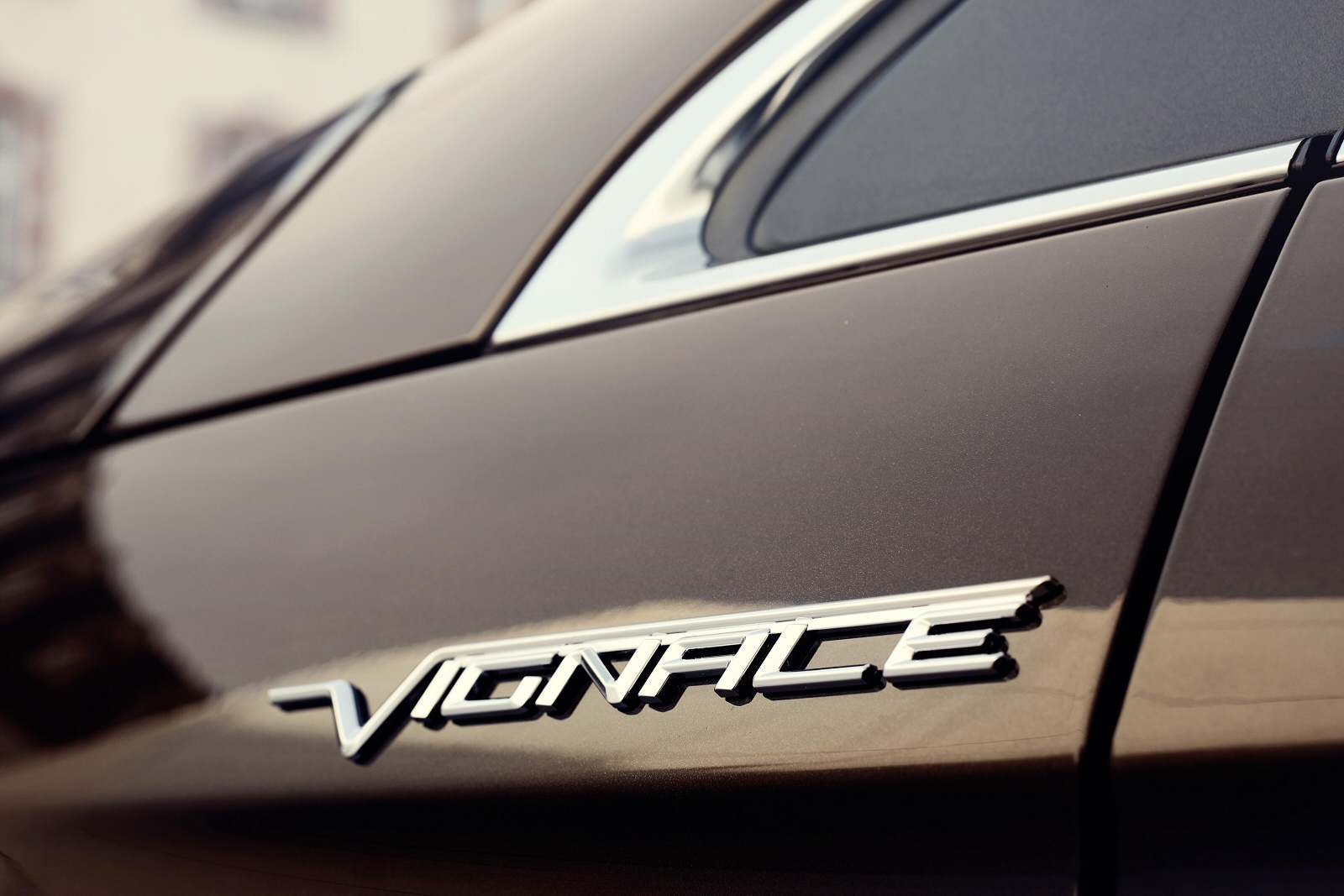
All Edge models come with an unremarkable three-year/60,000-mile Ford warranty, with Ford Assistance at the roadside for the first year. If you plan on keeping your car for longer or are a high mileage driver, you can pay a small extra cost to extend that warranty.
What we’ve established then is that this is more than just another attempt by Ford to sell a big US-made 4×4 over here. Think of this Edge as an S-MAX or Galaxy MPV re-designed for the rough and you’d probably be closer to the mark. But it’s more than that too. On prolonged acquaintance, this car reveals itself as a very likeable, capable SUV that’s more than up to challenging the best in its class.
This model’s also very well equipped, especially in this Vignale guise. Plus it’s smart to look at and media savvy. It is, in short, the first really credible large car that Ford has produced this century that wasn’t an MPV.
An SUV that has a bit of an Edge to it. Try one and you’ll see what we mean.
